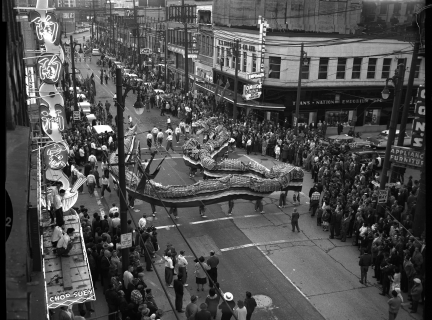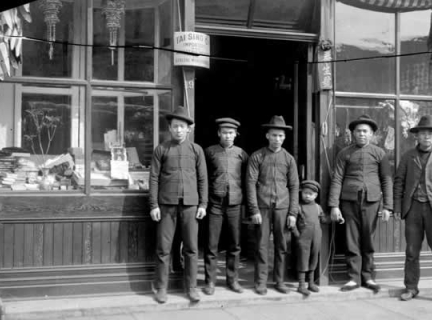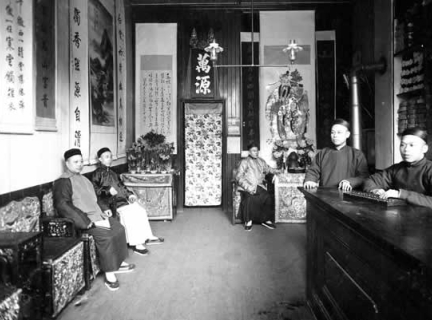Spotlight
-
The General Registers of Chinese Immigration is a very important resource for Chinese Canadian genealogical research. The register was created in Ottawa, and was based on records submitted by immigration officials at various ports. It spans the period from 1885-1952, and theoretically lists all immigrants of Chinese ancestry who arrived in Canada during that period. There are some entries for arrivals dating back as early as 1860.
-
Legislative controls on Chinese immigration to Canada resulted in a very cumbersome system overseen by the Chief Controller of Chinese Immigration in Ottawa. The system generated a number of certificates, which were issued to Chinese people. These certificates provide very useful genealogical information, and can be a link to Immigration Records.
-
Overseas Chinese who shared the same surname — although not directly related — assumed that they may have had a common, remote ancestor, and that in the broad sense of the word (zong), they were clansmen to each other. The majority of Chinese immigrants in Canada belonged to a few large clans and shared a small pool of surnames.
-
Your family may have collected many items over time which could provide useful clues to your family history, as well as a richer picture of people's lives. One of the most useful types of memorabilia is the Chinese Immigration Certificates and Forms that were issued by federal immigration officials. Other examples include: Family Bible Newspaper clippings Letters School yearbooks and report cards Passports Photographs When possible, make copies of family memorabilia. In some cases, you may be able to make photocopies. However, older items are sometimes quite delicate, and cannot be photocopied. Prepare
-
Information to help you get historical information from relatives & friends through interviews.
-
Additional resources to help with research of Chinese Canadian genealogy.
-
Search tips for researching Chinese names in Canada.
-
Learn how Chinese names were often changed in Canada based on western customs and pronounciation differences.
-
Name Order Chinese names traditionally consist of three parts: the Clan Name, and two given names. The Clan Name (surname) appears first. Thus Yip Sang, a prominent Chinese Canadian pioneer, would have been "Mr. Yip", since Yip was his surname. Given Names One of the two given names was a "generation name". The generation name was usually, though not always, shared by all male or all female siblings of the same generation. The other was a personal name. For example, in the Wong family, two brothers share the given name, You. Each also has a unique given name, i.e.
-
Historically, there has been a considerable amount of Chinese transmigration between the U.S. and Canada. It is possible that your ancestors spent some time in the U.S. or that a branch of your family settled there. This section provides basic information on Chinese American history and genealogical resources.




